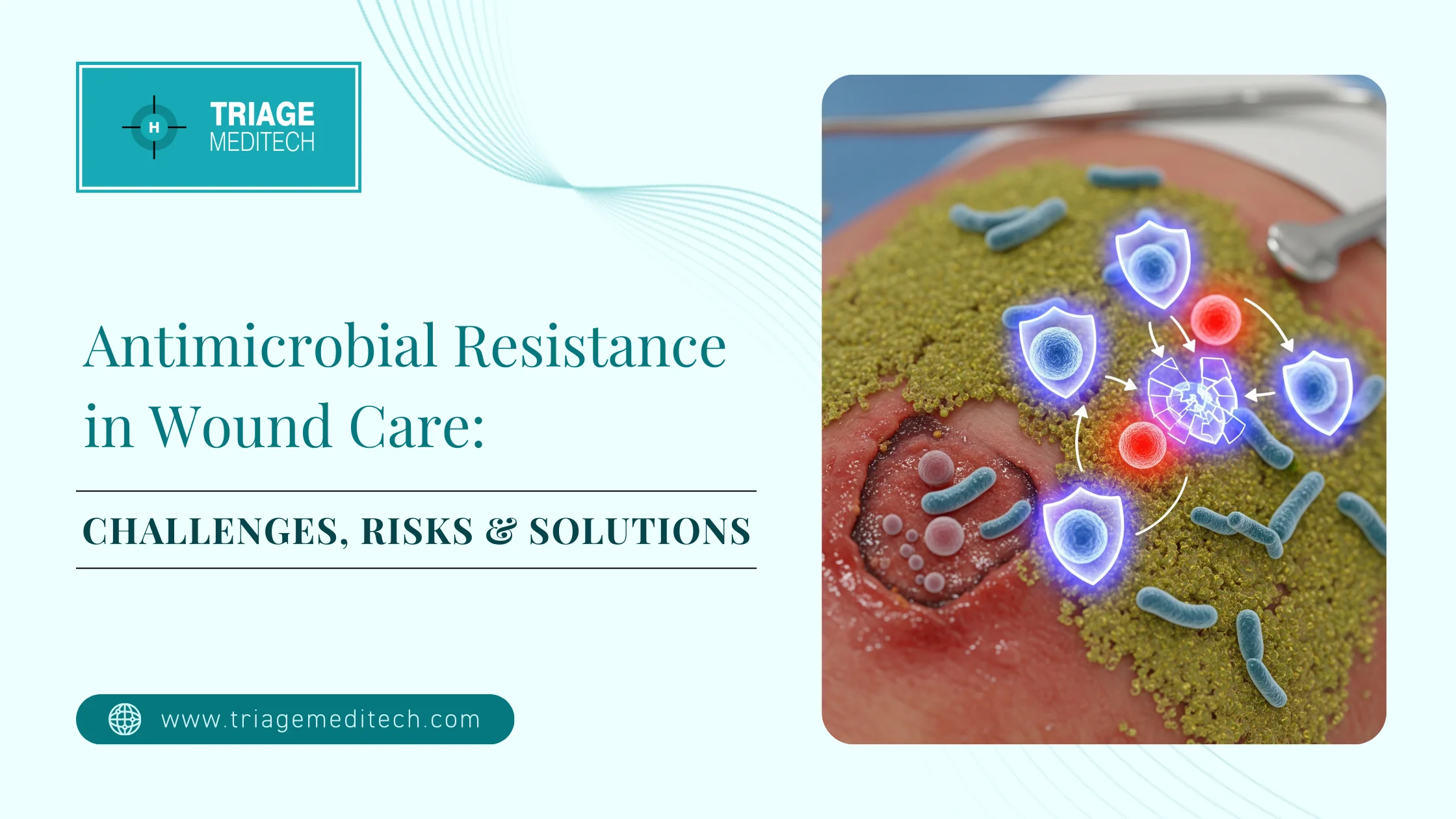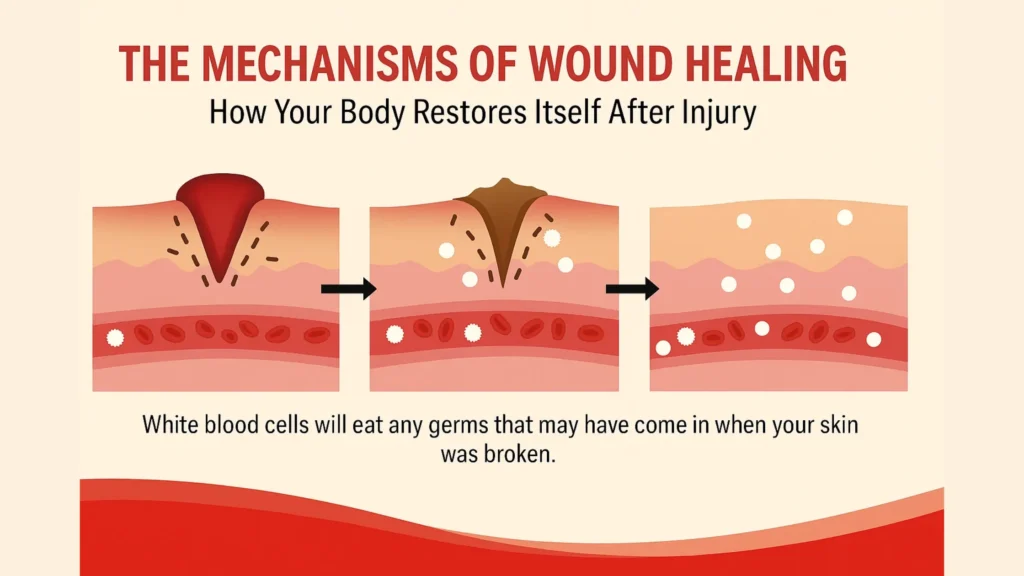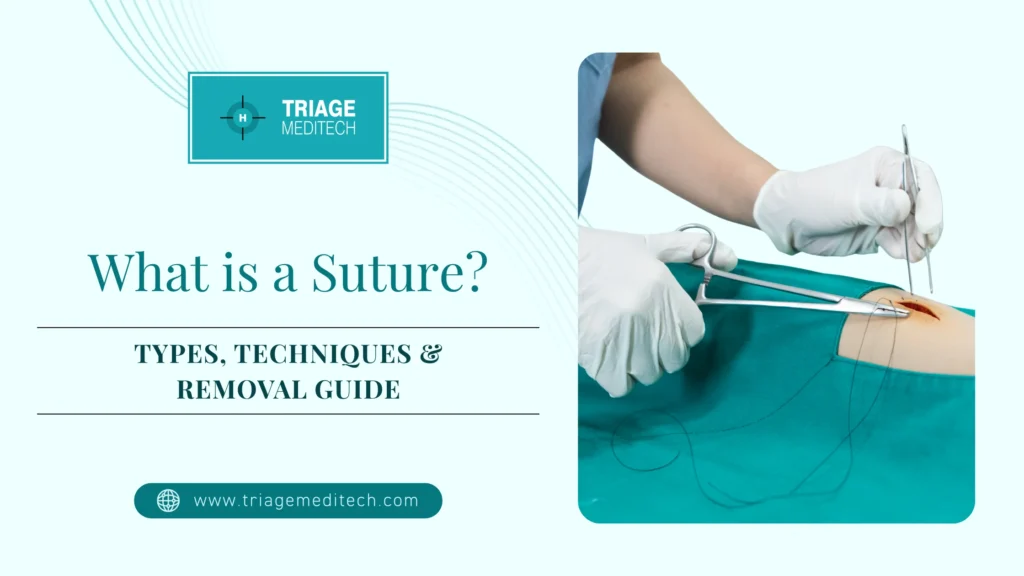Antimicrobial resistance (AMR) is a significant and growing global health crisis that poses major challenges to modern wound care. The overuse and misuse of antibiotics have led to the evolution of multidrug-resistant organisms (MDROs), making many once-treatable infections difficult or impossible to cure. This has a profound impact on wound healing, patient outcomes, and healthcare costs.
Key Challenges of Antimicrobial Resistance in Wound Care
Here are the key challenges of modern wound care with antibiotic resistance:
Limited Treatment Options
Ineffective Antibiotics: The most immediate challenge is that conventional antibiotics are becoming less effective against wound infections. This means that first-line treatments may fail, and clinicians have to resort to more expensive, potentially more toxic, or less available broad-spectrum drugs.
Risk of Broader Resistance: The use of broad-spectrum antibiotics, while sometimes necessary, further contributes to the development of new resistant strains, creating a vicious cycle.
Prolonged Illness and Complications: When infections are not controlled, they can lead to prolonged hospitalisation, sepsis (a life-threatening blood infection), and even amputation or death.
Delayed Wound Healing
Persistent Infections: The presence of MDROs, especially in chronic wounds, can create a persistent state of inflammation that delays the healing process. These bacteria often form biofilms, a protective layer that makes them even more resistant to both antibiotics and the body’s immune system.
Complex Microenvironment: Chronic wounds have a complex microbial environment with multiple bacterial species. The lack of effective antibiotics can disrupt the delicate balance of this environment, further impeding healing.
Higher Bioburden: Uncontrolled bacterial growth, or bioburden, can overwhelm the wound, leading to increased exudate (wound fluid), pain, and a higher risk of wound breakdown.
Diagnostic Challenges
Lack of Rapid Diagnostics: It can take several days to get culture and sensitivity results from a wound swab, and by then, the infection may have worsened. This often forces clinicians to use empirical (broad-spectrum) antibiotics, which, as mentioned, contribute to antimicrobial resistance (AMR).
Difficulty Identifying Specific Pathogens: The complex nature of chronic wounds, which often harbour multiple bacterial strains, makes it difficult to pinpoint the specific resistant pathogen responsible for the infection.
Culture Limitations: Standard wound cultures may not accurately reflect the bacteria present in a wound, especially those in biofilms.
Increased Healthcare Costs and Burden
Prolonged Hospital Stays: Ineffective treatment and complications from resistant infections lead to longer hospital stays, which significantly increase the economic burden on healthcare systems and patients.
Expensive Therapies: As first-line antibiotics fail, clinicians must turn to more costly and specialised treatments.
Resource Strain: The management of complex, non-healing wounds due to resistance places a significant strain on healthcare resources, including nursing staff, wound care specialists, and hospital beds.
Need for a Shift in Wound Care Strategy
Antimicrobial Stewardship: There is an urgent need for effective antimicrobial stewardship programs in wound care. This involves using antibiotics judiciously, only when clinically indicated, and for the shortest possible duration.
Alternative Treatments: The challenges posed by antibiotic resistance are driving innovation in wound care. This includes the development of:
Advanced Dressings: New dressings with antimicrobial properties (e.g., silver, iodine, honey), or those that can disrupt biofilms.
Non-Antibiotic Approaches: Therapies such as debridement (removal of dead tissue), topical oxygen therapy, and the use of biologics to stimulate the body’s healing mechanisms.
Smart Dressings: Emerging technologies like smart dressings with biosensors that can monitor wound status and release antimicrobial agents on demand.
Multidisciplinary Approach: Managing wounds with antibiotic resistance requires a team of experts, including surgeons, infectious disease specialists, microbiologists, and wound care nurses, to ensure a coordinated and effective treatment plan.



